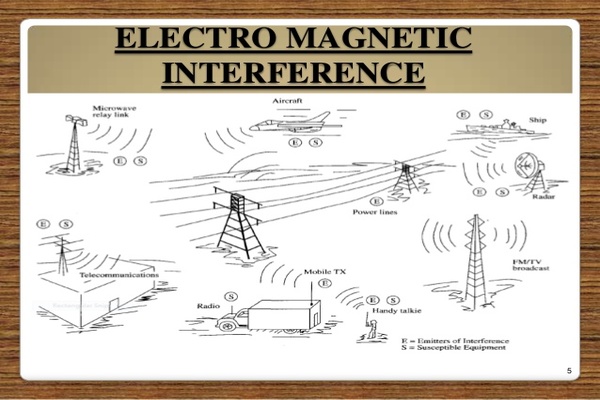What Are The Principles Of Electromagnetic Interference Mitigation In Electrical Engineering?
When it comes to airborne systems, ensuring electromagnetic compatibility and avoiding interference is of utmost importance. Electromagnetic interference or EMI refers to the disturbance caused when an electromagnetic field of one device affects the functioning of another device. This can have serious consequences when it comes to airborne systems, which is why it is crucial to take appropriate measures to avoid it. There are a few common sources of EMI that must be taken into consideration when dealing with airborne systems. These include radio frequency emissions from other equipment, static electricity, lightning, and even solar flares. The electromagnetic fields produced by these sources can interfere with the functioning of the equipment on board, which can result in loss of data, system malfunction, or even complete failure. One way to avoid EMI is by using proper grounding techniques. This involves providing a conductive path for any excess electrical energy to dissipate. In airborne systems, this can be achieved by connecting all metallic components to a common ground point. This helps to prevent the buildup of unwanted electrical charges, which can cause interference. Another technique that is used to avoid EMI is shielding. Shielding involves enclosing sensitive components in a conductive material to prevent interference from external sources. This can be done by using metal enclosures or even conductive coatings on the surface of the equipment. Shielding is particularly important in airborne systems, as there are a multitude of potential sources of interference that must be dealt with. In addition to ground and shielding techniques, there are also a number of design considerations that must be taken into account when working with airborne systems. These include the use of low-noise amplifiers, proper routing and placement of cables, and filtering of power supplies. By following these design guidelines, it is possible to minimize the risk of EMI and ensure that the equipment on board operates as intended. One important aspect of EMI that must be considered when working with airborne systems is the management of conducted emissions. Conducted emissions refer to the electrical noise that is generated by the equipment itself and can be conducted through the power supply or other external connections. This can cause interference with other equipment in the vicinity, so it is important to use appropriate filtering techniques to minimize these emissions. In addition to conducted emissions, radiated emissions must also be managed when working with airborne systems. Radiated emissions refer to the electromagnetic fields that are produced by the equipment and can be picked up by other nearby systems. To minimize these emissions, it is important to use appropriate shielding and grounding techniques, as well as to ensure that the equipment is properly designed and constructed. In conclusion, ensuring electromagnetic compatibility and avoiding interference is of utmost importance when it comes to airborne systems. There are a number of techniques that can be used to achieve this goal, including grounding, shielding, proper design, and filtering. By using these techniques, it is possible to minimize the risk of EMI and ensure that the equipment on board operates reliably and effectively. As such, it is crucial that those responsible for designing and implementing airborne systems take the necessary steps to ensure that EMI is avoided at all costs. 

cae.nust.edu.pk - interference electromagnetic airborne compatibility nust
Post a Comment for "What Are The Principles Of Electromagnetic Interference Mitigation In Electrical Engineering?"